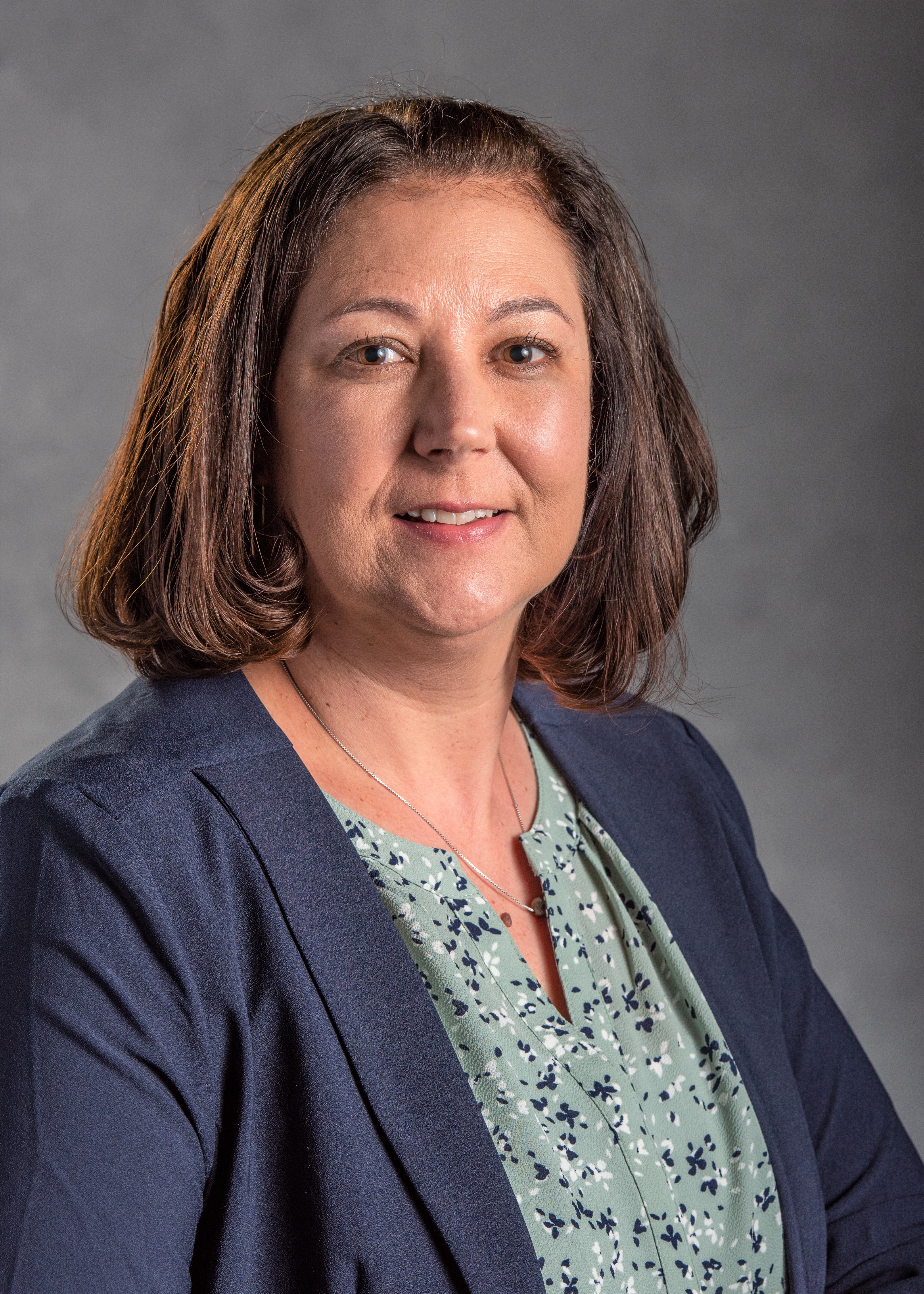MSU, partners working to improve Au Sable River resiliency
Researchers from Michigan State University are working with the Michigan Department of Natural Resources to ensure the sustainability of the Au Sable River fishery.
GRAYLING, Mich. — Situated in Michigan’s northern Lower Peninsula is one of the country’s most revered sportfishing destinations.
The Au Sable River is a Blue Ribbon trout stream, recognizing its high-quality water accessibility, capacity to withstand angling pressure, and the presence of ideal sportfishing species. This designation can be given by the federal government or state agencies such as the Michigan Department of Natural Resources (MDNR).
Grayling serves as the de facto central point of the Au Sable, which winds more than 130 miles through several Michigan counties and eventually empties into Lake Huron. Its cold temperatures are ideal for brown, brook and rainbow trout, as well as steelhead and salmon.
Bryan Burroughs, executive director of Michigan Trout Unlimited, said the Au Sable is relatively unique in its low-slope, sandy makeup compared to other trout-rich rivers nationwide, especially steeper streams in mountainous areas of the Western U.S.
“The Au Sable is a standout in terms of the trout it sustains, as well as its reputation and lore among anglers,” he said. “It’s always listed among the top places to trout fish in the country, but information and understanding of its status and the dynamics that effect it have always been elusive. Today, we see the signs of new changes and challenges to its health.”
Indeed, new and persistent threats endanger this coveted natural resource. The Au Sable’s older pressures remain, including rebounding from previous logging and unsustainable land-use practices, but newer threats have emerged, such as climate change and invasive species.
Climate change, in particular, is of significant concern to researchers. Climbing water temperatures can harm the cold-water fish anglers covet while providing a boon to invasive species that may thrive in the more variable environment.
Alongside Michigan Trout Unlimited and other partners, researchers from the MDNR and Michigan State University are working to create a plan that protects the river and its fishery for generations to come.
Randy Claramunt, chief of the MDNR Fisheries Division, has been dedicated to preserving the Au Sable for many years and is an integral part of the current MSU-MDNR project. The effort is geared toward creating a long-term management strategy that can be replicated in other Michigan river systems.
“The Au Sable is a tremendously valuable resource for many stakeholders, especially anglers, and it faces numerous challenges,” Claramunt said. “That’s what makes this process complicated. We must take into account the objectives of our partners and stakeholders, while also taking the best actions for the health of the river.

“The issue we’re ultimately trying to address is how we can build resiliency into this system. Instead of being reactionary, we want to be proactive to increase the probability that this cold-water river doesn’t succumb to these pressures. That’s where structured decision making comes in.”
Structured decision making is an approach that takes into account clearly defined objectives, actions to complete them, and the potential benefits and risks of those actions. The process ideally incorporates adaptive management as well, which involves monitoring the effectiveness of implemented strategies and making adjustments as needed.
“It can be a struggle for different kinds of citizens, organizations and governmental agencies — all with limited resources and incomplete information and data — to work together with a common vision and understanding,” Burroughs said. “This project is not only intended as an effort to help chart the course for the Au Sable, but is also a chance to learn and develop a model for collaborative and holistic watershed management for other waters in the future. The value proposition of this project is based on the truth that no one person or organization is able to do all the work that is needed independently.”
Using the structured decision making framework, researchers are compiling input from natural resources managers, anglers and other users of the river and combining that with scientific data to develop a set of management recommendations. The first step — and one of the most complicated because of the volume of stakeholders — is agreeing on a set of priorities and objectives.
Over the last two years, partners have been working to do just that. Kelly Robinson, formerly an assistant professor in the MSU Department of Fisheries and Wildlife now at the University of Georgia, leads the structured decision making process for the project.
Stakeholders have successfully identified several universal goals of the project that can be used to create specific management plans, including ensuring a sustainable fishery, maximizing ecological stability, maximizing stakeholder satisfaction, and getting the most out of the limited resources available, among others.
“We’ve held monthly meetings for two years to nail these objectives down, and we’ve done that,” Claramunt said. “I have seen a benefit in that structured decision making is increasing communication among angling stakeholders but also with the MDNR, MSU and others. Getting everyone on the same page is part of what the process does well.
“On the technical side, we’ve also started to collect information that can be baked into the predictive modeling efforts we undertake. I’m hopeful that in the near future we can use these models to address some of these adaptive management questions. That will give us some tangible actions to take moving forward.”
Some of the initial data collection has been done through the lab of Dana Infante, a professor in the MSU Department of Fisheries and Wildlife, and associate director of MSU AgBioResearch, who has been involved since the project’s inception. A graduate student, Justin Miller, placed temperature loggers across a wide range of the river and discovered something troubling.
“Justin really peppered the river with these temperature loggers, and in some places we’re seeing the ideal, historical cold-water readings, but in others we’re not,” Infante said. “This is just one small piece of evidence that climate change is something we need to consider moving forward.”

Infante said the focus of this research has been on long-term strategies that improve the health and resilience of the river, not simply bandaging the problem.
“If we wanted to do this work in a simpler way for the fishery, we could continually stock the river with trout and largely solve that issue, but that wouldn’t address the broader problems,” she said. “We’re examining ways to work in concert with the ecosystem for the long haul, helping to improve the environment so the fish populations can better help themselves.”
Through his years of experience and with what he’s seen across the state, Claramunt agrees. The findings from this research could alter the way management agencies approach river ecosystem preservation.
“Historically, river management has been often viewed as random acts of conservation, in that what you do in one area may not be linked to another area,” he said. “But we’re seeing that the entire river system is deeply interconnected. I think we may be able to take large-scale management actions in which we put intensive effort on a large section of the stream and see how that relates to a watershed-wide model on things like temperature. Ultimately, this shouldn’t be viewed as a two- or three-year project. This is a sustained effort to understand how we preserve this valuable river system and others like it.”
Michigan State University AgBioResearch scientists discover dynamic solutions for food systems and the environment. More than 300 MSU faculty conduct leading-edge research on a variety of topics, from health and climate to agriculture and natural resources. Originally formed in 1888 as the Michigan Agricultural Experiment Station, MSU AgBioResearch oversees numerous on-campus research facilities, as well as 15 outlying centers throughout Michigan. To learn more, visit agbioresearch.msu.edu.



 Print
Print Email
Email




